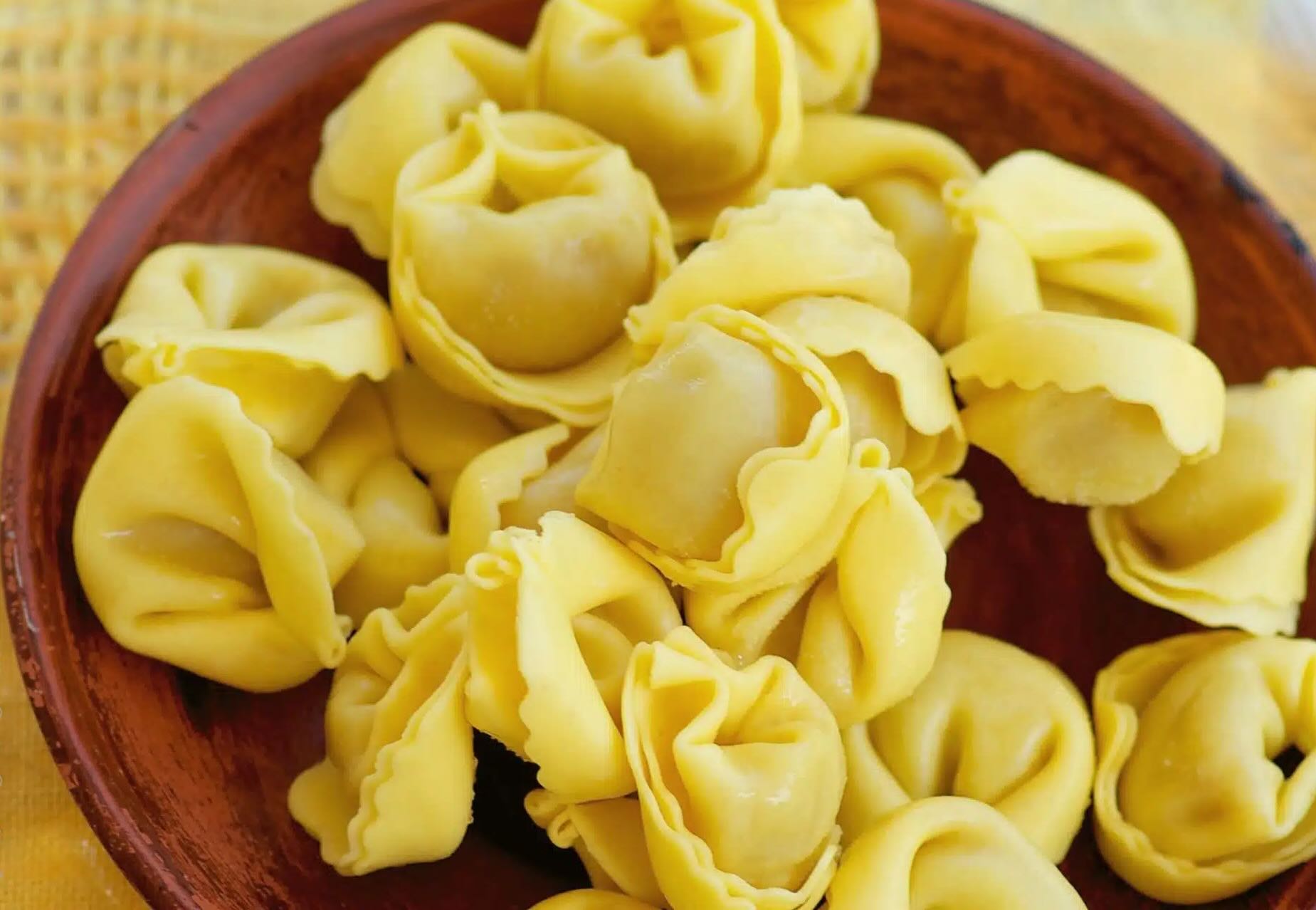
What is Cappelletti? Cappelletti, often called "little hats," are small pasta dumplings from Italy. They are similar to tortellini but have their own unique twist. Traditionally, they are filled with a mix of meats, cheese, or vegetables. These tasty morsels are usually served in a rich broth or with a savory sauce. Originating from the Emilia-Romagna region, Cappelletti has become a beloved dish worldwide. Whether enjoyed during festive occasions or as a comforting meal, they bring a touch of Italian tradition to the table. Ready to learn more? Here are 29 fascinating facts about Cappelletti!
What is Cappelletti?
Cappelletti, a type of stuffed pasta, is a beloved dish in Italian cuisine. Shaped like little hats, these pasta pieces are filled with a variety of ingredients, making them a versatile and delicious meal option. Let's dive into some fascinating facts about this culinary delight.
Origins of Cappelletti
Understanding where Cappelletti comes from adds depth to its appreciation. Here are some intriguing facts about its origins:
- Cappelletti hails from the Emilia-Romagna region of Italy. This area is renowned for its rich culinary traditions.
- The name "Cappelletti" means "little hats" in Italian. This name comes from their unique shape, which resembles small hats.
- Cappelletti has been enjoyed since the Middle Ages. Historical records show that this pasta has been a staple in Italian cuisine for centuries.
- Originally, Cappelletti was a festive dish. It was often prepared for special occasions and holidays.
Ingredients and Preparation
The ingredients and preparation methods for Cappelletti are as diverse as the regions that make them. Here are some key facts:
- Traditional fillings include meat, cheese, and vegetables. Common fillings are pork, beef, ricotta, and spinach.
- The dough is typically made from flour and eggs. This simple mixture creates a tender and pliable pasta.
- Cappelletti is often served in broth. This method is especially popular during the winter months.
- Some recipes call for Cappelletti to be served with a sauce. Tomato-based sauces or cream sauces are common choices.
Cultural Significance
Cappelletti holds a special place in Italian culture. Here are some cultural insights:
- Cappelletti is a symbol of family and tradition. Many families have their own recipes passed down through generations.
- Making Cappelletti is often a communal activity. Family members gather to prepare the pasta together, especially during holidays.
- Cappelletti is featured in many Italian festivals. It is a highlight in food festivals celebrating regional cuisine.
- The dish is a favorite during Christmas. Many Italian families serve Cappelletti in broth as part of their holiday feast.
Variations of Cappelletti
Cappelletti comes in many variations, each with its unique twist. Here are some interesting variations:
- In Romagna, Cappelletti is often filled with cheese. This version is lighter and often served with a simple broth.
- In Bologna, meat-filled Cappelletti is more common. These are typically heartier and served with rich sauces.
- Vegetarian versions are becoming more popular. Fillings like pumpkin, mushrooms, and truffles are gaining popularity.
- Some modern recipes include seafood fillings. These variations offer a fresh and contemporary twist on the classic dish.
Fun Facts About Cappelletti
Here are some fun and lesser-known facts about Cappelletti:
- Cappelletti is sometimes confused with tortellini. While similar, tortellini is smaller and has a different shape.
- The largest Cappelletti ever made weighed over 100 pounds. This record-breaking pasta was created in Italy.
- Cappelletti is featured in Italian literature. It appears in various works, highlighting its cultural importance.
- There are Cappelletti-making competitions. These events celebrate the skill and tradition of making this pasta.
- Cappelletti can be frozen for later use. This makes it a convenient option for busy families.
- Some chefs experiment with dessert Cappelletti. Sweet fillings like chocolate and fruit create unique dessert options.
- Cappelletti is often served at weddings. It symbolizes good fortune and prosperity for the newlyweds.
- The shape of Cappelletti can vary slightly. Some are more rounded, while others have a more pronounced hat shape.
- Cappelletti is a popular dish in Italian restaurants worldwide. Its versatility and delicious taste make it a favorite among diners.
- Making Cappelletti by hand is considered an art. Skilled chefs take pride in crafting perfect little hats.
- Cappelletti is sometimes used in soups. It adds a hearty element to vegetable or meat-based soups.
- The filling can be customized to suit dietary needs. Gluten-free and vegan options are available.
- Cappelletti has inspired other pasta shapes. Its unique design has influenced the creation of new pasta varieties.
Final Thoughts on Cappelletti
Cappelletti, those delightful pasta pockets, have a rich history and a unique place in Italian cuisine. Originating from the Emilia-Romagna region, these little "hats" are traditionally filled with meat, cheese, or vegetables. They’re often served in a savory broth, making them a comforting dish especially during the colder months.
Whether you’re a seasoned chef or a home cook, making cappelletti can be a fun and rewarding experience. The process of rolling out the dough, filling it with your favorite ingredients, and folding it into perfect little shapes is both therapeutic and satisfying. Plus, the end result is always delicious.
So next time you’re in the mood for some Italian comfort food, why not try your hand at making cappelletti? You might just find a new favorite dish to add to your culinary repertoire. Buon appetito!
Was this page helpful?
Our commitment to delivering trustworthy and engaging content is at the heart of what we do. Each fact on our site is contributed by real users like you, bringing a wealth of diverse insights and information. To ensure the highest standards of accuracy and reliability, our dedicated editors meticulously review each submission. This process guarantees that the facts we share are not only fascinating but also credible. Trust in our commitment to quality and authenticity as you explore and learn with us.
